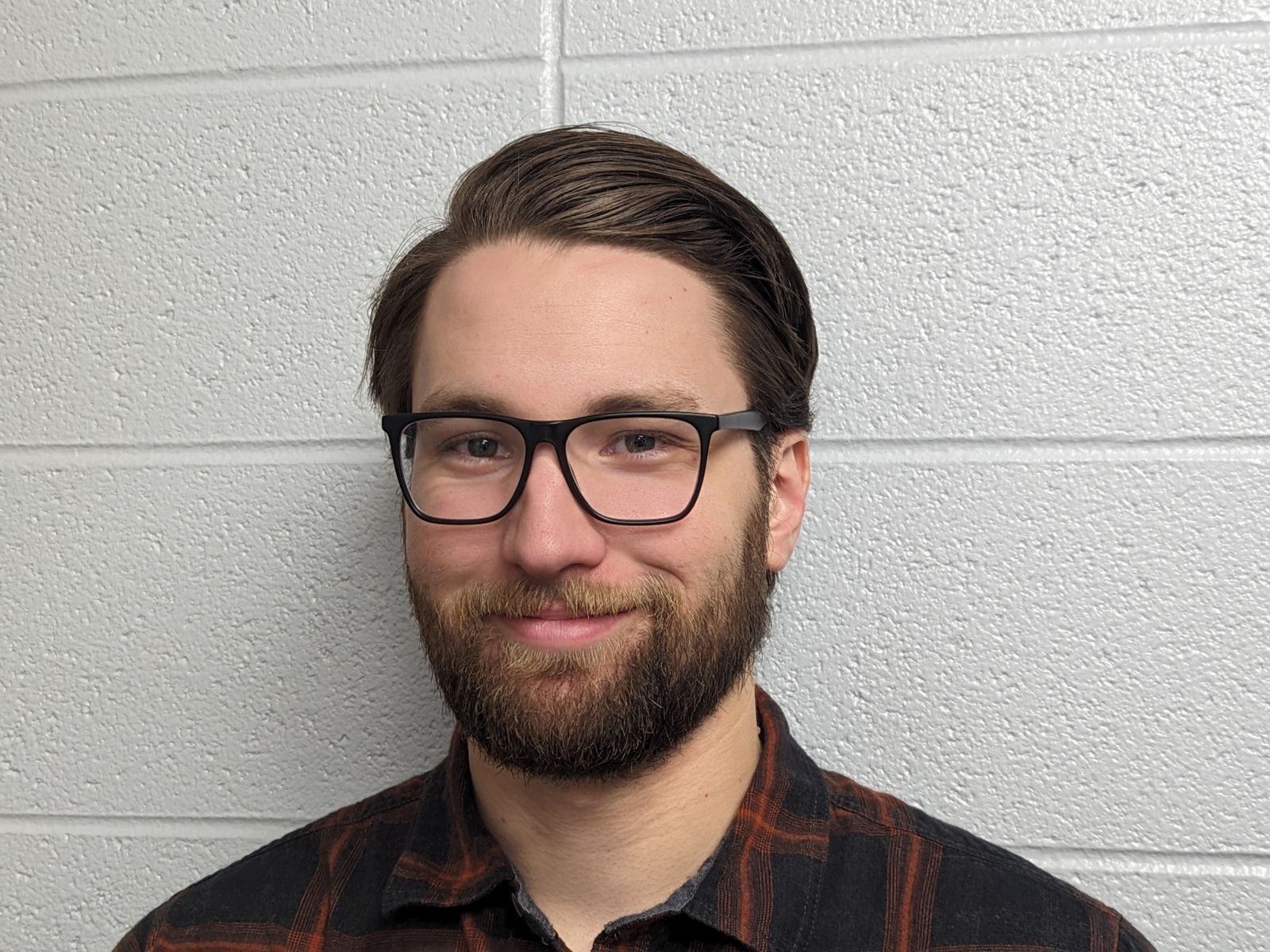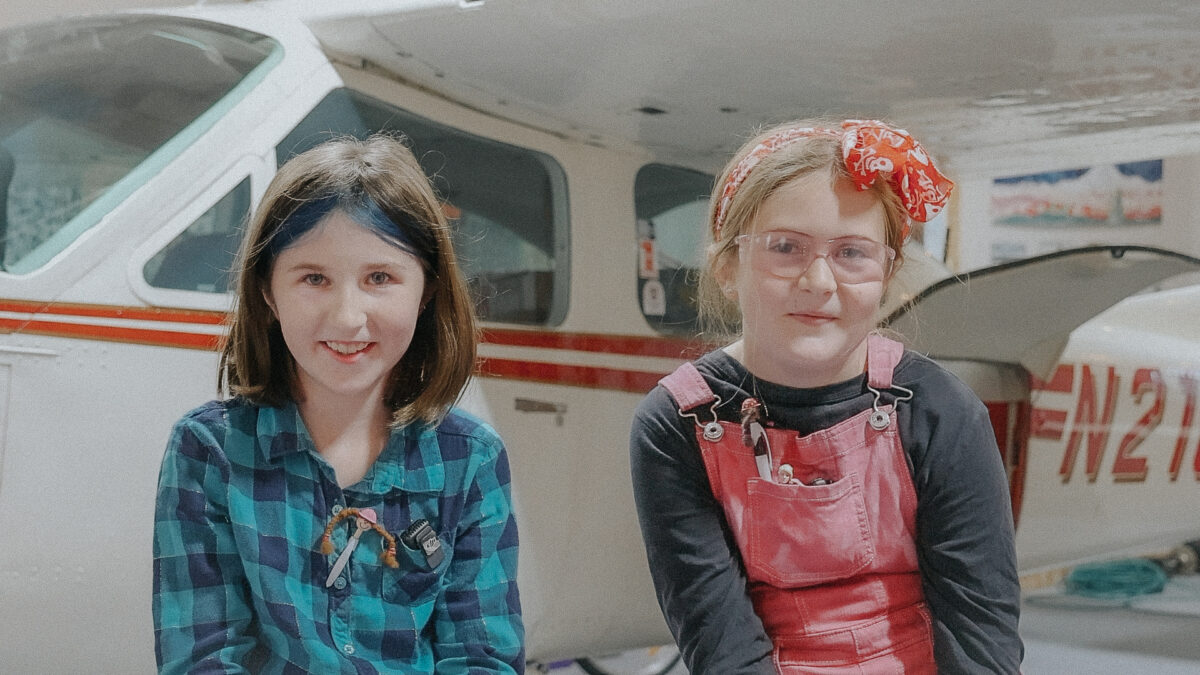
Eric Dieterich has led the fabrication and welding programs at John Hersey High School in Arlington Heights, Illinois, for five years. A graduate of the school, he discovered an interest in teaching while working with other students as a teacher’s aide in the automotive classes and never looked back. Now he speaks about his experience going from student to educator, and the advice he can offer to those looking to do the same.
When you were a high school student, what were the top three qualities you noticed in a good skilled trades teacher?
ED: During my time as a high school student, I took just about every single skilled trade class that I could, and I was lucky enough to have had some truly great teachers. The things that set these teachers apart went far beyond just their knowledge in their content area. These teachers were great because they were caring, passionate, and curious. They truly cared about their students and their wellbeing and wanted the best for each individual student. They supported their students and provided them resources for every student to succeed and accomplish their goals. Their passion came out through enthusiastic lectures and engaging, hands-on labs and projects. Their curiosity ensured that they were continually learning and would take any opportunity to explore and learn with students when faced with a question or problem they did not know how to answer.
What inspired you to become an educator?
ED: My journey to become an educator is a bit different from many other teachers. When talking with my peers, many of them share stories of being straight-A students, loving school, and wanting to be a teacher for just about their whole life. My story was very much the opposite. While I wasn’t the worst student in the world, I was far from the best. The exception to the rule were my hands-on, lab-based classes like engineering, woodworking, and especially automotive. I spent as much time as I could in these classes in high school. By the time I reached my senior year, I didn’t know exactly what I wanted to do for a career, but I knew that I wanted it to involve cars or welding. I was a teacher’s aide for the intro level automotive class my senior year and after seeing me work with the new students, my teacher pulled me aside and asked me if I ever considered teaching the skilled trades. I had never considered teaching before, but the more we talked, the more enticing it sounded. From that point on, I knew that I wanted to teach.
What specific steps did you take that led to your current position?
ED: After I graduated from John Hersey High School, I got a summer job as a camp counselor to get experience working with younger kids and to make sure that teaching was something I enjoyed. Not only did I love my time as a camp counselor, but I learned so much about managing behavior, planning engaging activities, and developing connections with kids. In between working as a camp counselor during summers, I earned my Associate’s degree in applied science while also enrolled in the welding program at my local community college. After two years at community college, I spent two years at Illinois State University to get my Bachelor’s degree in Technology and Engineering Education. For my last semester at ISU, I was lucky enough to be able to student-teach at Buffalo Grove High School, which was in the same district as my alma mater. While I was student teaching, several of my old teachers at Hersey reached out to tell me about a job opening for a new teacher to create a welding and fabrication program at the school. I applied and went through a handful of interviews before getting the job. I have been teaching and growing the fabrication and welding programs at John Hersey High School for almost five years now.
What strategies or incentives do you think would encourage talented skilled trades students to pursue teaching?
ED: Right now, there is a huge shortage of qualified teachers in the skilled trades. I believe that one of the biggest reasons for this is money. Not just the fact that many times there is more money to be made in industry than teaching, but also in the fact that many programs in the skilled trades are underfunded. I am lucky enough to teach in a well-funded school district and have a modern lab with up-to-date tools and equipment, but many schools aren’t as fortunate. Many programs are underfunded, using outdated tools and equipment, and must fight and beg to get funding for updated equipment or even consumables. In addition to this, I believe that schools should invest more time and energy into recruiting current skilled trades students by instituting a teacher’s aide program where these students can experience what it is like to be a teacher in the skilled trades. Speaking from my experience, that is what inspired me to become a teacher.
Knowing what you do from current experience, what advice would you share with someone just entering the world of teaching skilled trades?
ED: If I had to offer advice to someone pursuing a career in teaching skilled trades it would be two things. First, diversify your skill set. Take as many different courses and get as much experience and skills as you can. This will not only make you more marketable when searching for a job, but it will make you more well-rounded and able to draw connections to different areas to help students make their own connections. My second piece of advice would be to really focus on student relationships. With the types of classes we teach, we get a lot of students that don’t necessarily excel in school or maybe don’t feel like they have a place where they belong and feel comfortable. Our classes can do so much more than teach these students a new skill, they can be a place where they feel comfortable and confident. Skilled trades classes can be the reason that that student comes to school. They can even lead to a lifelong career for that student. For that reason, it’s important to establish rapport with each student to create a welcoming and more effective learning environment.

